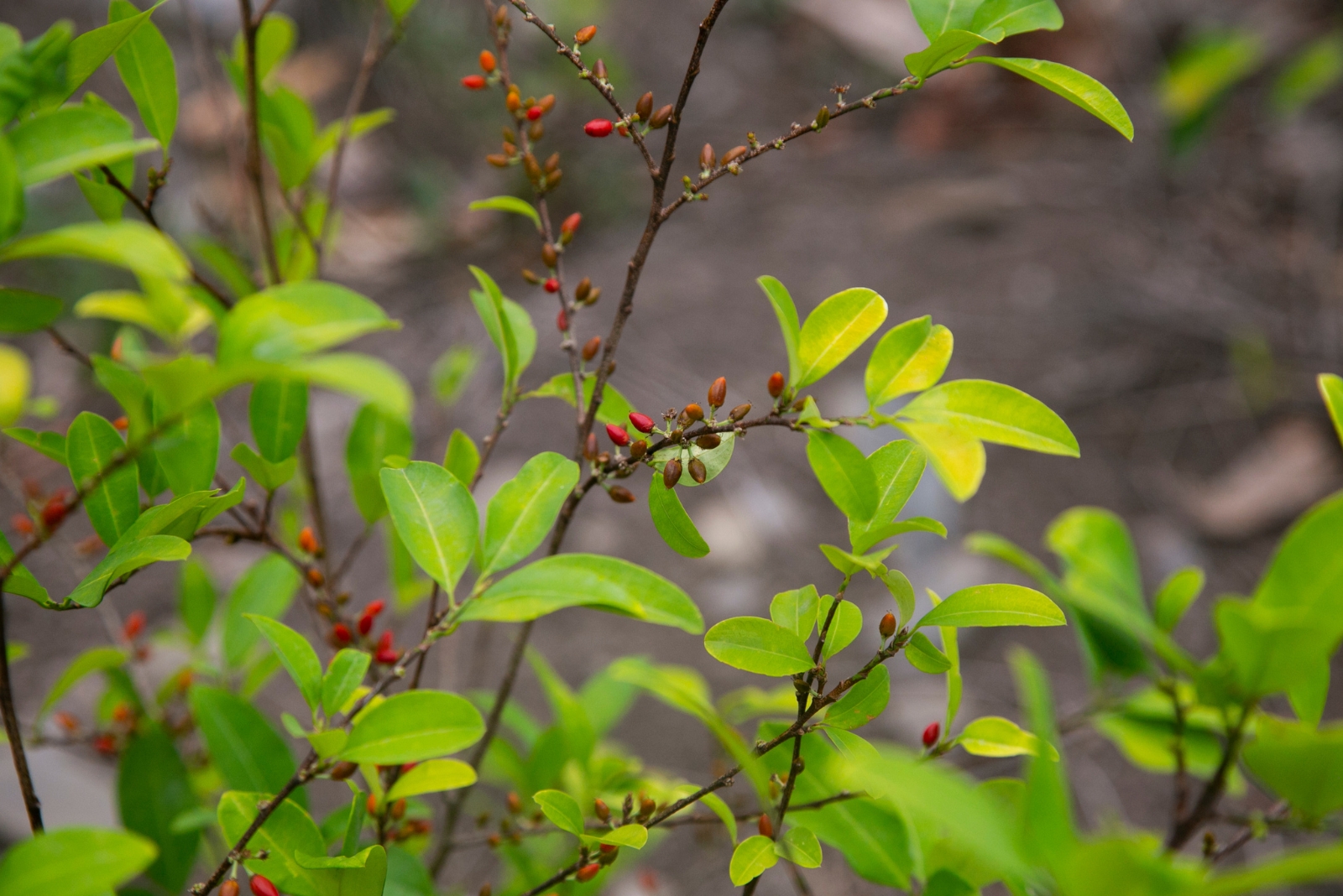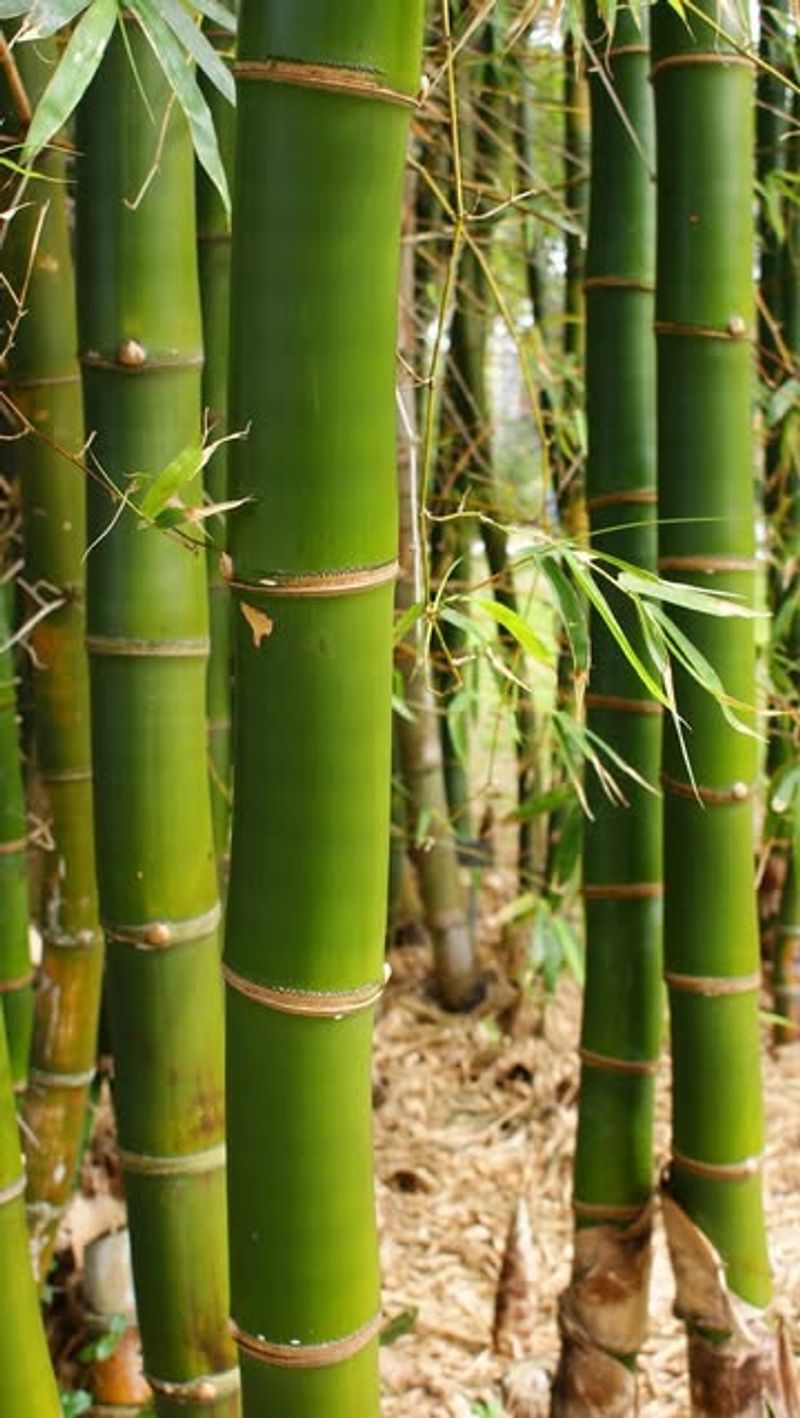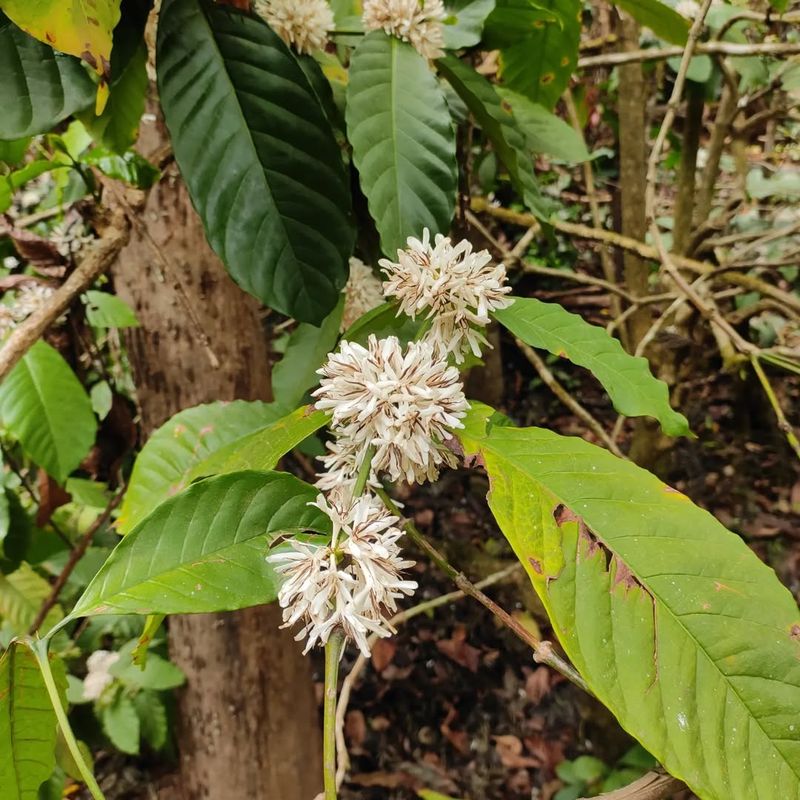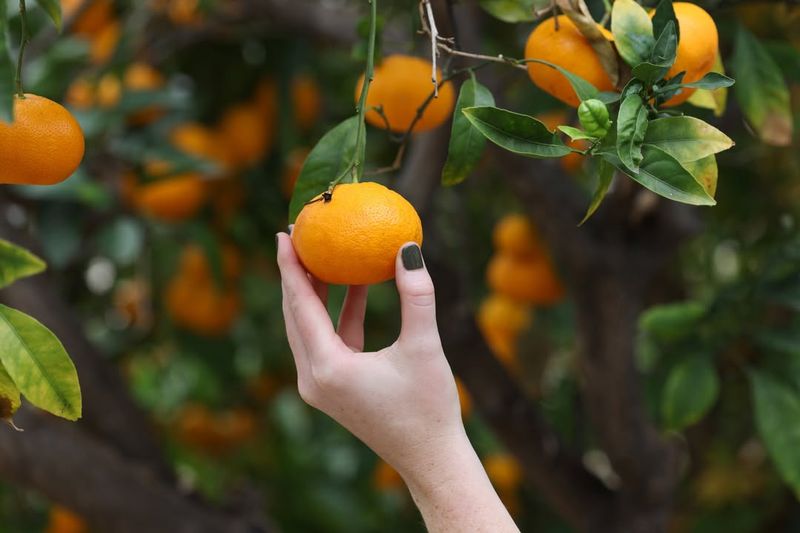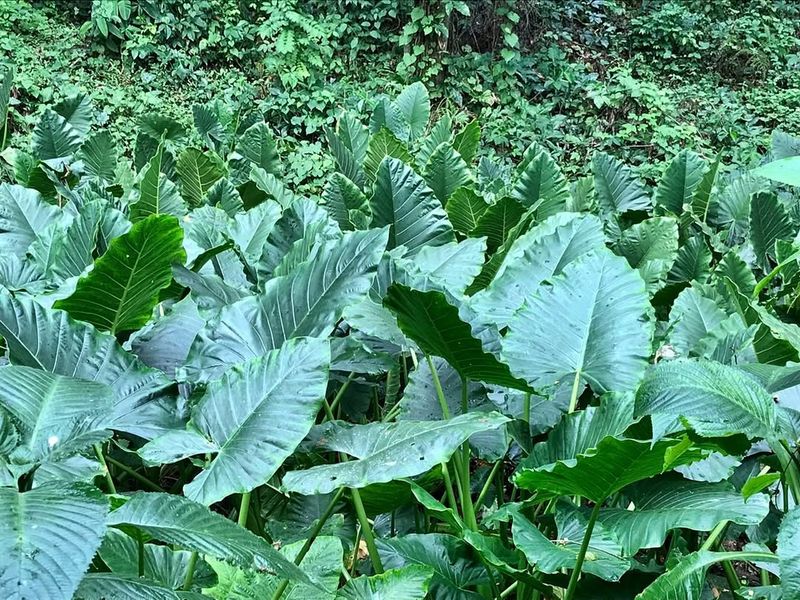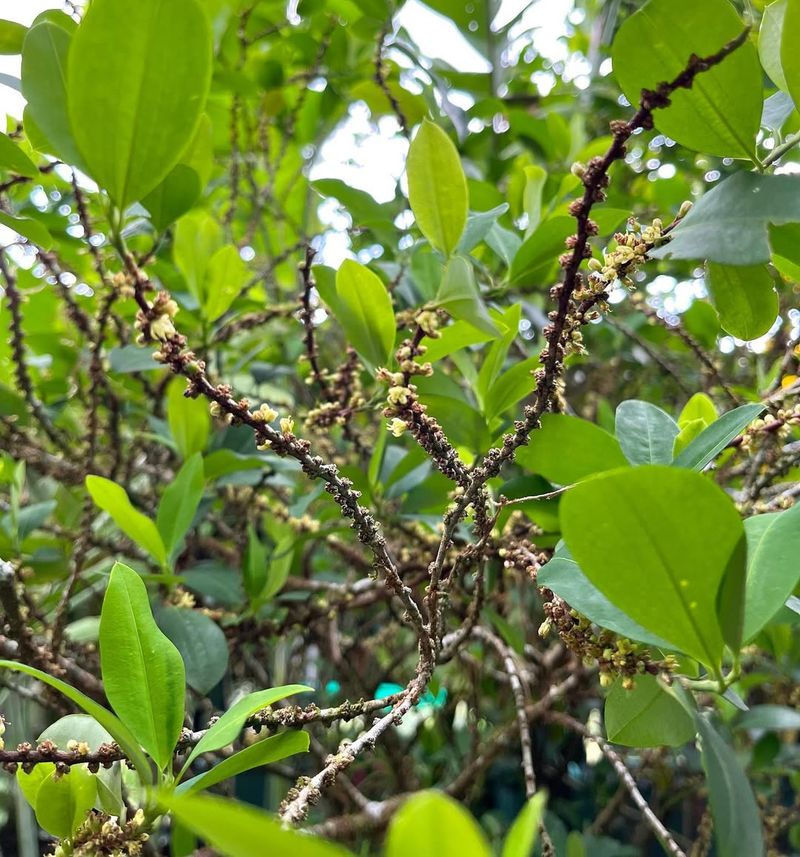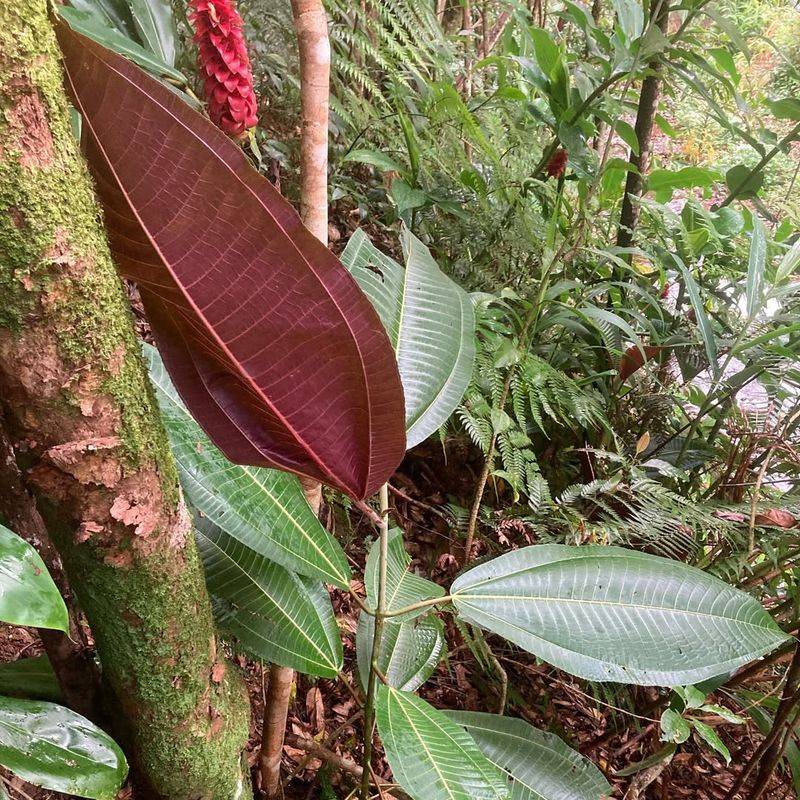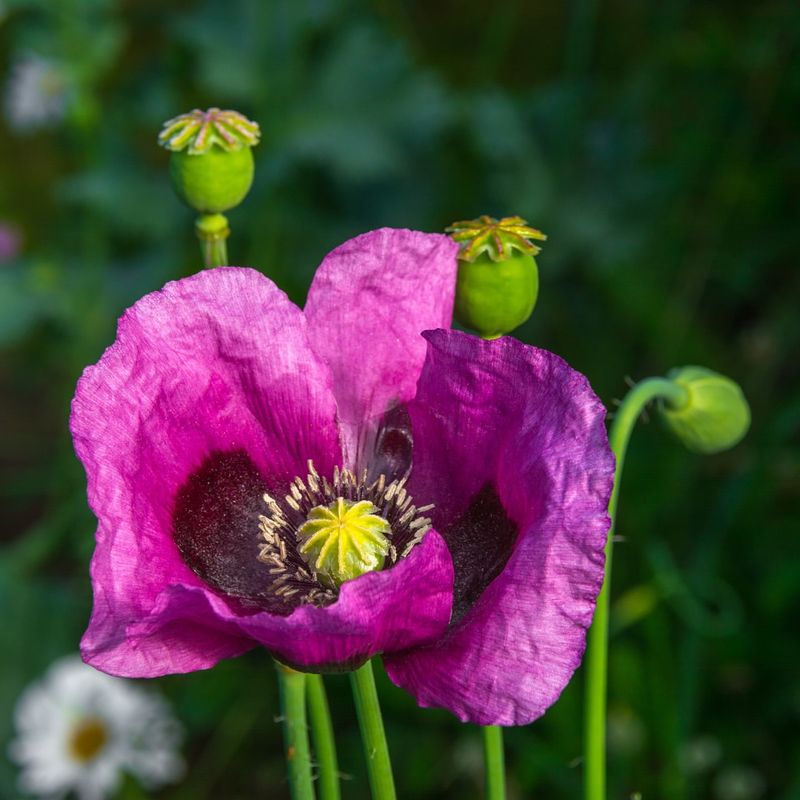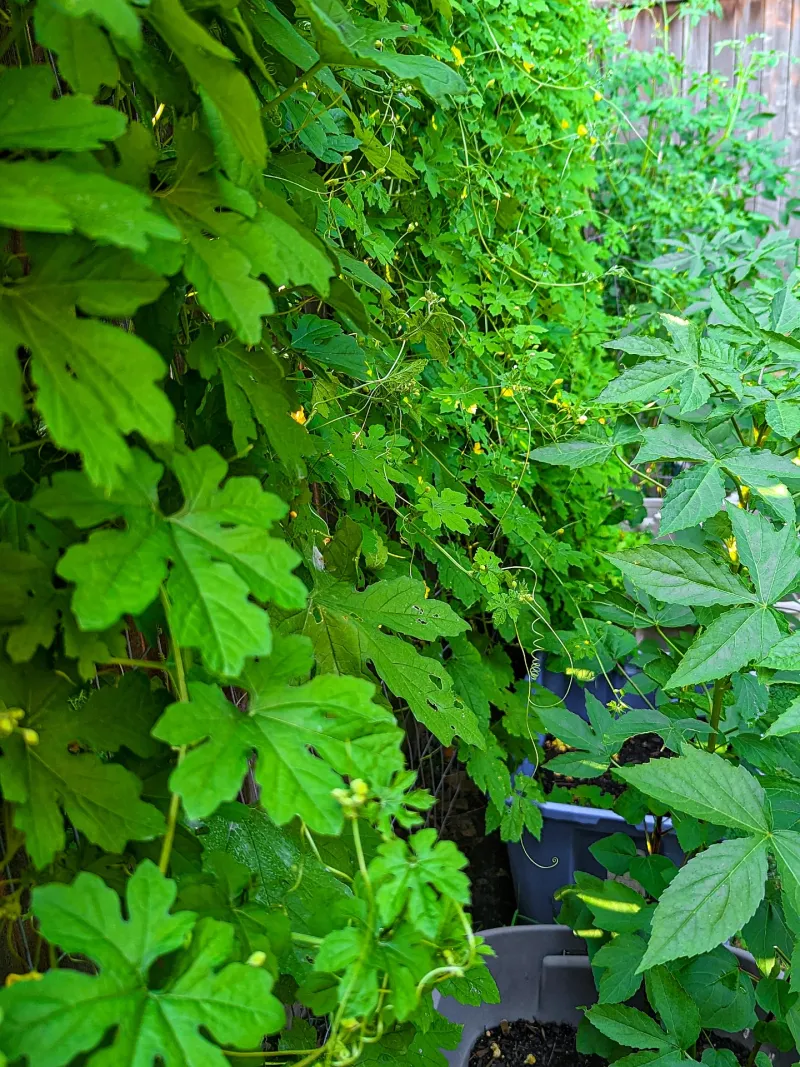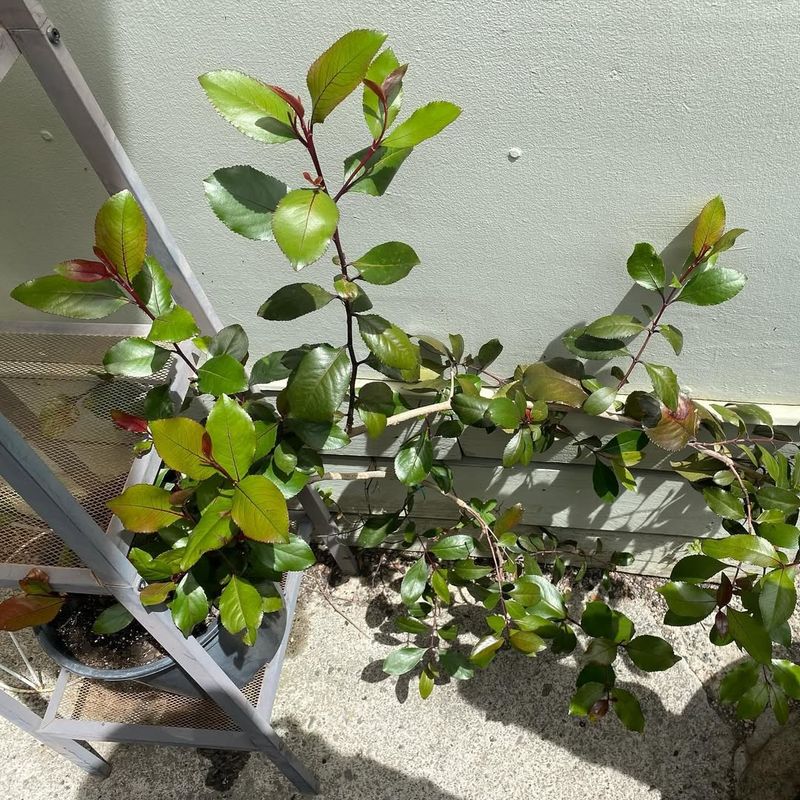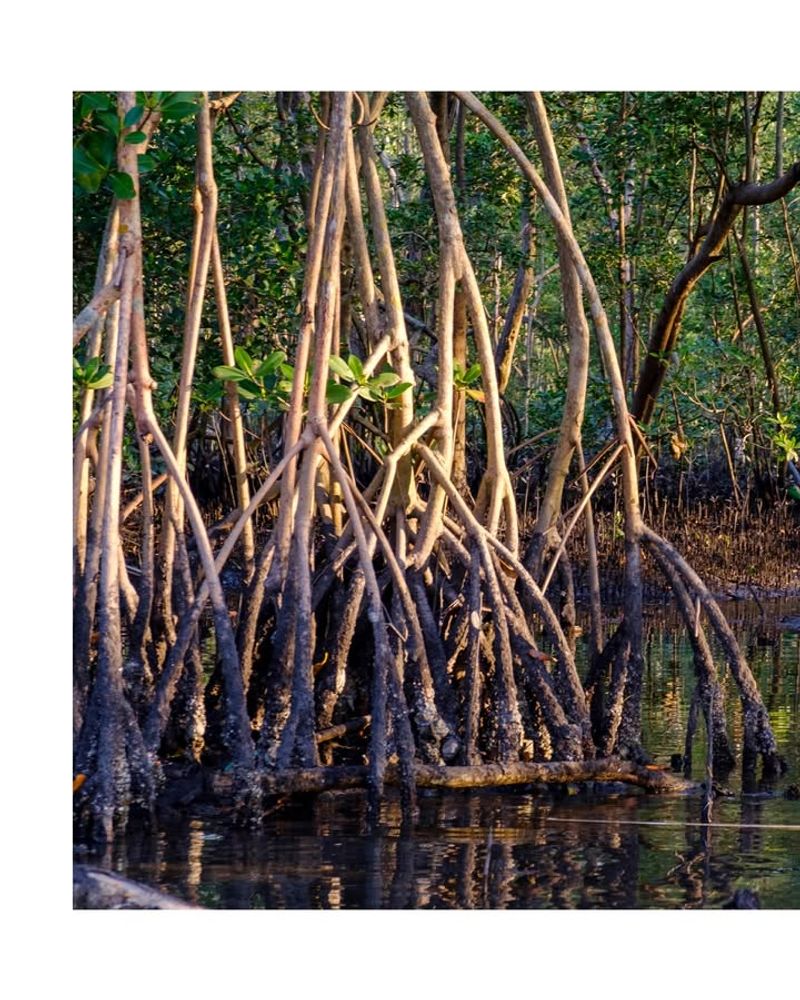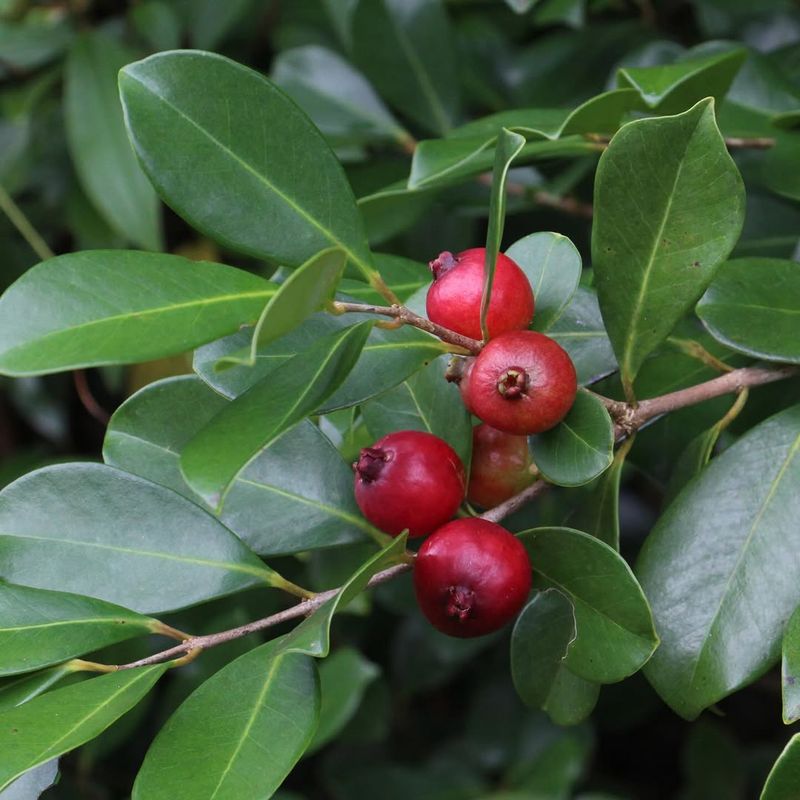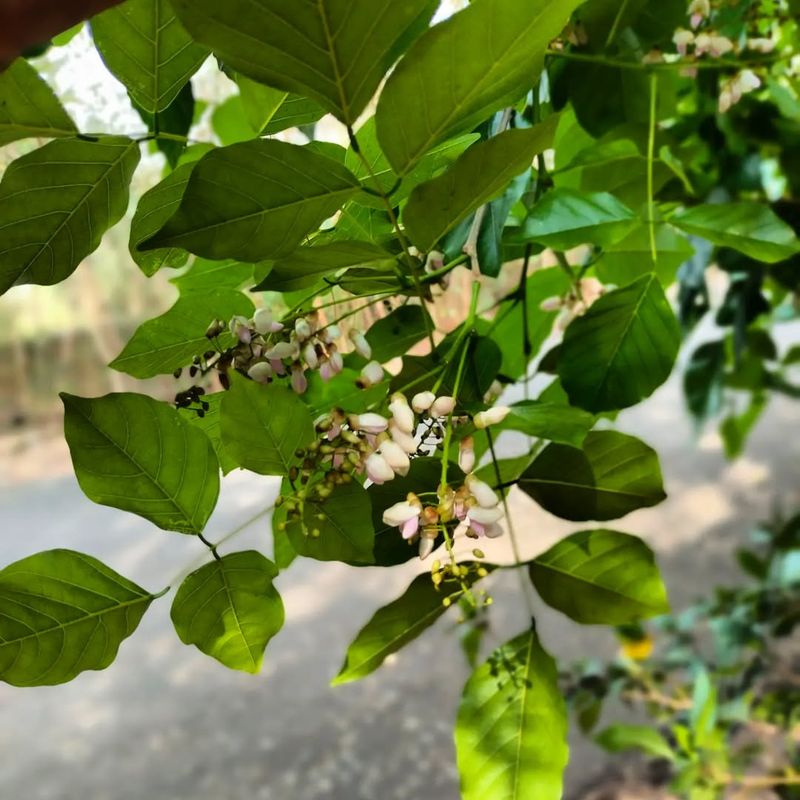Growing your own food in Hawaii sounds like a dream come true. With year-round sunshine and rich volcanic soil, you might think anything can flourish in your backyard garden.
But surprisingly, the state has strict laws about certain plants you can grow, and breaking these rules could land you in serious trouble with authorities.
1. Bamboo Varieties
Running bamboo might look peaceful swaying in the breeze, but Hawaii considers certain species a serious threat. Once planted, these aggressive growers spread underground through rhizomes that can travel up to 30 feet per season.
Neighbors have sued homeowners for bamboo invading their property lines and damaging foundations. The state specifically bans planting or transporting many running bamboo types without permits.
Clumping bamboo varieties remain legal alternatives if you love that tropical aesthetic.
2. Coffee Plants From Unapproved Sources
Hawaii’s coffee industry relies on strict disease control measures to protect this valuable crop. Bringing in coffee plants from other countries or even other Hawaiian islands without proper inspection certificates violates state agriculture laws.
Coffee berry borer beetles and other pests could devastate the entire Kona coffee region if introduced carelessly. Authorities actively check backyard gardens and impose hefty fines for unauthorized plants.
Always purchase certified disease-free coffee plants from licensed Hawaiian nurseries to stay legal.
3. Certain Citrus Trees
Citrus greening disease has agricultural officials on high alert across the islands. Moving citrus trees between islands or importing them from the mainland requires special permits and quarantine periods that most home gardeners skip.
Your innocent lemon tree could harbor bacteria spread by tiny psyllid insects that destroy entire orchards. Some counties completely prohibit backyard citrus without documented disease-free certification from approved sources.
Check your local county regulations before planting any citrus variety in your yard.
4. Wild Taro Varieties
Taro holds deep cultural significance in Hawaiian tradition, but not all varieties can legally grow in your garden. Wild taro species from outside Hawaii carry diseases like taro leaf blight that threaten native cultivars used for poi.
State law requires permits for growing, transporting, or distributing non-approved taro varieties. Inspectors regularly monitor taro patches to prevent disease outbreaks that could wipe out traditional food sources.
Stick with certified Hawaiian taro varieties from reputable local farmers to honor tradition legally.
5. Coca Plants
Even though coca leaves are chewed legally in parts of South America, growing these plants anywhere in Hawaii is absolutely forbidden. Federal and state laws classify coca as a controlled substance because it contains cocaine alkaloids.
Law enforcement treats coca cultivation as seriously as manufacturing illegal drugs. Penalties include criminal charges, substantial fines, and possible prison time regardless of how many plants you grow.
Hawaii’s climate could easily support coca plants, which makes authorities especially vigilant about preventing their cultivation.
6. Miconia Trees
Called the purple plague by conservationists, miconia trees represent one of Hawaii’s worst ecological nightmares. A single tree produces millions of seeds that birds spread across native forests, creating dense canopies that kill everything underneath.
State law makes it illegal to grow, sell, transport, or even possess miconia anywhere in Hawaii. Authorities conduct aerial surveys to find and destroy these trees before they spread further.
Report any miconia sightings immediately to Hawaii’s Department of Agriculture for prompt removal.
7. Opium Poppies
Those beautiful flowers with papery petals might seem harmless, but opium poppies are strictly illegal throughout Hawaii. Federal law prohibits cultivating any poppy species capable of producing opium, regardless of your intentions.
Even ornamental varieties fall under scrutiny if they contain morphine-producing compounds. Police have arrested gardeners who claimed they only wanted pretty flowers without realizing the legal consequences.
Choose legal flowering alternatives like California poppies or cosmos that provide similar beauty without risking criminal prosecution.
8. Ivy Gourd
Ivy gourd vines might produce edible fruits popular in Asian cuisine, but Hawaii has declared war on this aggressive invader. Once established, ivy gourd smothers native vegetation and agricultural crops while spreading rapidly through underground tubers.
State regulations prohibit planting, propagating, selling, or transporting ivy gourd anywhere in the islands. Eradication efforts cost millions of dollars annually as authorities try controlling existing infestations.
Numerous legal vegetables grow well in Hawaiian gardens without threatening the ecosystem.
9. Khat Plants
Popular in some African and Middle Eastern cultures for its stimulant effects, khat remains completely illegal in Hawaii and across America. The leaves contain cathinone, a controlled substance similar to amphetamines that produces mild euphoria when chewed.
Growing khat plants carries serious federal drug charges with mandatory minimum sentences. Hawaii’s tropical climate provides ideal conditions for khat cultivation, making law enforcement particularly vigilant.
Cultural traditions don’t provide legal protection for growing plants classified as Schedule I controlled substances.
10. Mangrove Species
Mangroves protect coastlines from erosion and provide crucial habitat for marine life throughout Hawaii. Cutting down, removing, or damaging mangrove trees without permits violates both state and federal environmental protection laws.
Even on private property, homeowners cannot simply clear mangroves that obstruct ocean views. Fines reach thousands of dollars per tree, plus mandatory restoration costs and potential criminal charges.
Coastal property owners must obtain special permits before any mangrove trimming or removal activities.
11. Strawberry Guava Trees
Sweet and delicious, strawberry guava fruits tempt many gardeners to plant these pretty trees. Unfortunately, they rank among Hawaii’s most destructive invasive species, forming impenetrable thickets that choke out native forests.
Several counties prohibit planting new strawberry guava trees, though existing ones may remain with restrictions. Birds spread seeds everywhere, making control nearly impossible once established in neighborhoods.
Native Hawaiian fruits like mountain apple provide better alternatives that support rather than destroy local ecosystems.
12. Pongamia Trees
Promoted elsewhere for biofuel production, pongamia trees face restrictions in Hawaii due to invasive characteristics. Fast growth and prolific seed production allow pongamia to escape cultivation and invade natural areas, displacing native species.
Some islands require permits before planting pongamia, while others ban them entirely. The trees produce toxic seeds that harm wildlife attempting to eat them.
Hawaii already battles too many invasive trees without adding another problematic species to overwhelmed ecosystems and enforcement budgets.

